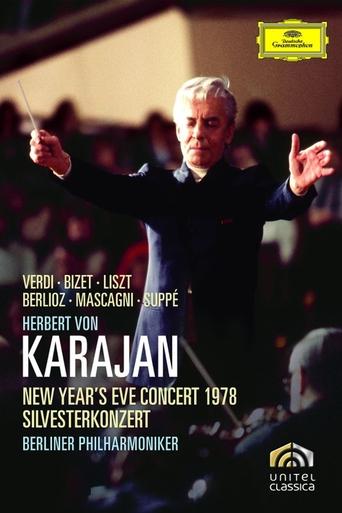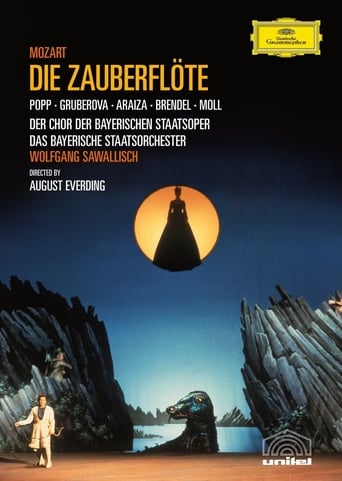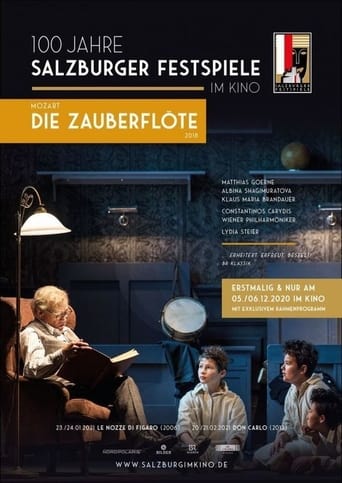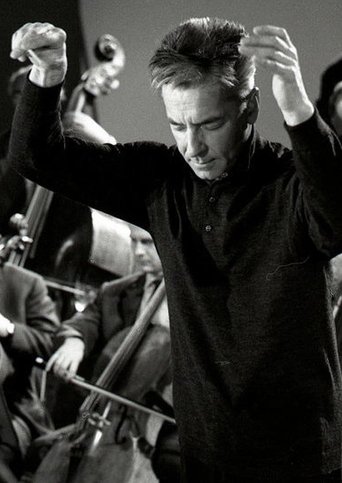Karajan: New Year's Eve Concert 1978
Karajan had been appointed music director for life of the Berlin Philharmonic in 1955, and soon the orchestra mastered the entire palette of Karajan's subtly defined phrasings, moods and orchestral colors. At home in the majesty of Bruckner or the raw power of Beethoven, the orchestra was also able to "let go" with Suppé or a Lisztian Hungarian Rhapsody, as the recording illustrates. For the 1978 New Year's Eve concert with the Berlin Philharmonic, Karajan put together a program of exclusively popular classical works, pieces that would guarantee a bubbly good time. Following Verdi's Overture to "La forza del destino" are the two major works of the program, Bizet's Arlésienne Suite No. 2 and Liszt's Hungarian Rhapsody No. 2. The Hungarian March, or "Rákóczy March," from Berlioz's "La damnation de Faust" never fails to rouse listeners with its instrumentation. The program closes with the Intermezzo from Mascagni's "L'amico Fritz" and the popular Overture to "Leichte Kavallerie" by Suppé.


















